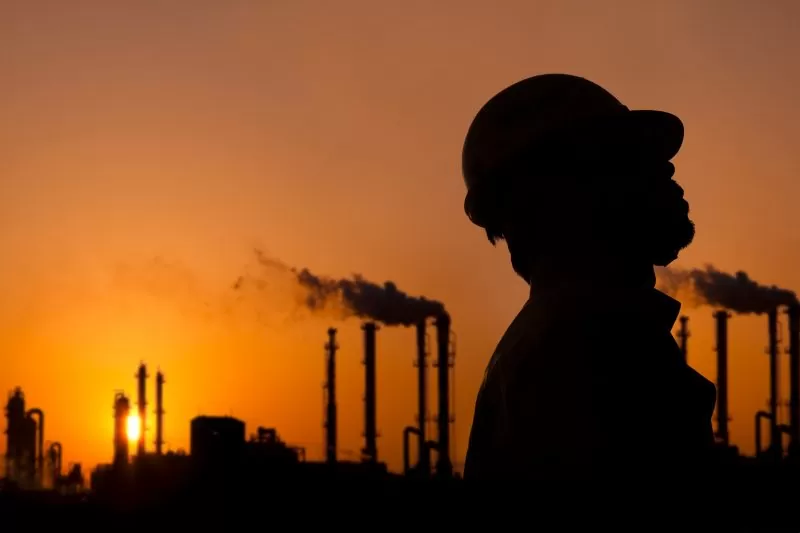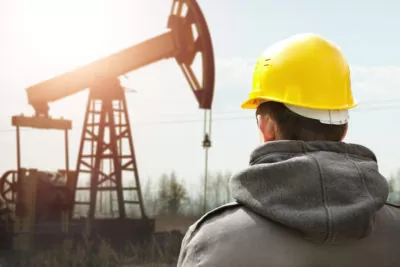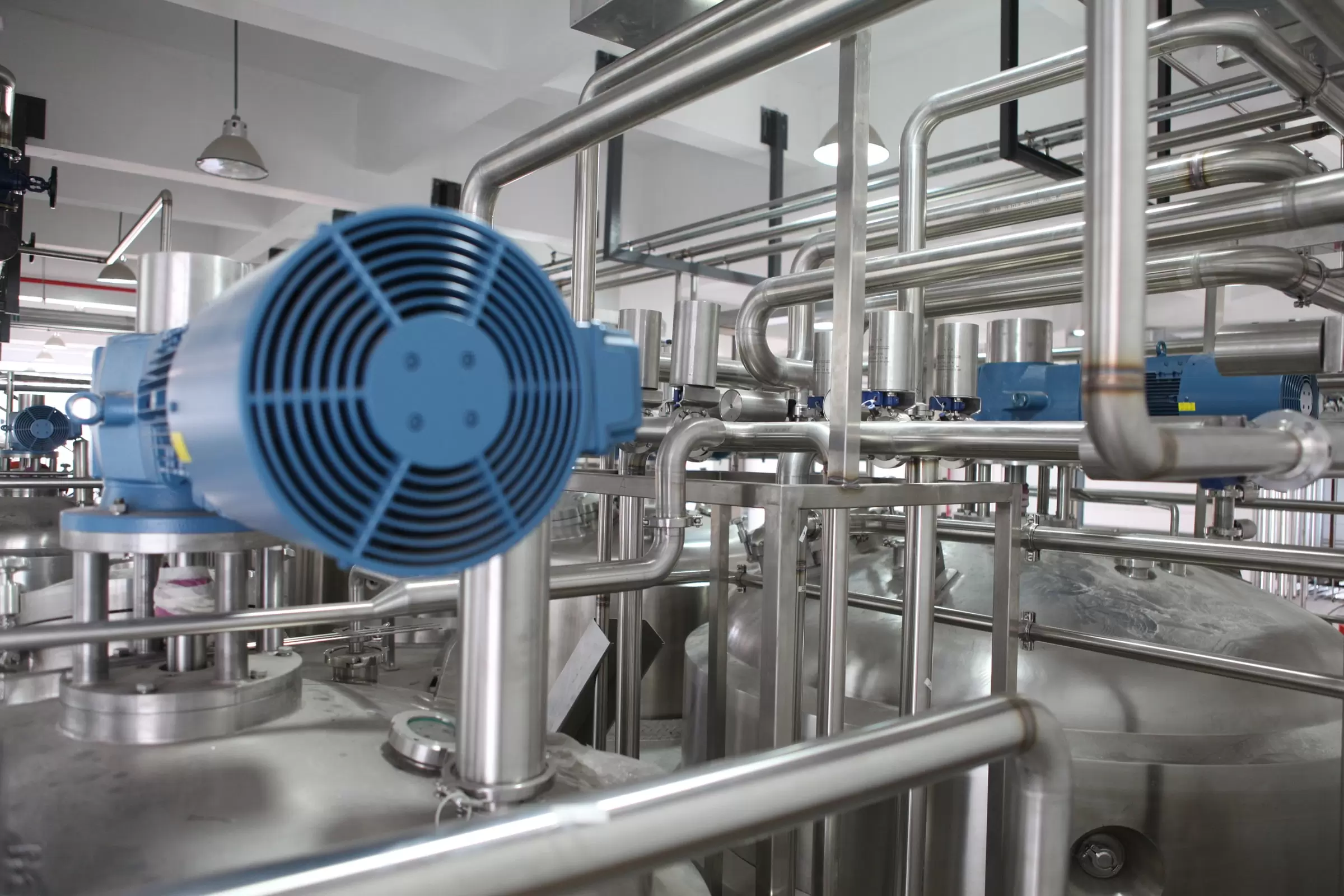Any discussion of transformer oil, particularly in relation to older transformers, scrap transformers, refurbishments or oil retrofills likely leads to mention of PCBs. In reality most Australian power utilities have de-risked to the point where their transformer fleets are PCB-free… or almost. At least records here are accurate and comprehensive. Some other asset owners including mines in remote locations, old government installations and inherited commercial sites can be faced with issues of PCB contaminated transformer oil.
Chosen for use in transformers as a superior insulating fluid, polychlorinated biphenyls (PCBs) were inevitably found to be carcinogenic, environmentally toxic and super stable. There are no natural sources of PCB, and with 209 distinct PCB compounds called congeners with from 1 to 10 chlorine atoms on a biphenyl molecule, they are among the most stable organic compounds known.
The number and placement of the chlorine atoms on the biphenyl molecule determines the naming of the congener as well as signalling how it behaves in the environment and degree of toxicity. PCBs generally occur as mixtures of congeners – the most common commercial mixtures were called Aroclors. The Aroclors most often reported on a transformer oil laboratory report are 1016, 1221, 1232, 1242, 1248, 1254, and 1260. The Aroclor names indicate the percentage of chlorine (by weight) of the mixture. For example Aroclor 1248 is 48% chlorine by weight. The more chlorinated mixtures are generally the most persistent and toxic.
When it comes to PCB handling and disposal, Benzoil is well placed to provide assistance with the next steps. Just found a PCB label on a transformer? Uncovered some old equipment that has been mothballed for years with oil leaks? Need help understanding a lab report containing expressions like “Surrogate TCLMX”, “<2ppm” and “Decachlorobiphenyl”? Call us for our help with how to understand the report and what to do next.
Besides use in transformer oil, PCBs were used in hundreds of industrial and commercial applications due to their having such properties as being non-flammable, chemically stable and having a high boiling point. Such applications included use in:
- heat transfer, and hydraulic equipment
- plasticizers in paints, plastics and rubber products
- pigments, dyes and carbonless copy paper
- caulking compounds and adhesives
- pesticides
Benzoil handles enquiries about PCB disposal in old fluorescent lighting fixtures, old electrical appliances containing PCB capacitors (television sets and refrigerators), old microscope oil, and hydraulic fluids as well as the standard transformer disposal.
Many transformers, oil-filled capacitors, and fluorescent lamp ballasts manufactured before 1979 contain PCBs. Transformer name plates will often make mention of the insulating fluid, and common trade names for PCB fluids include:
- Askarel
- Chlorextol
- Chlorinol
- Clophen
- Hexol
- Noflamol
- Pyralene
- Pyranol
- Pyrenol
- Sovtol
- Therminol
Benzoil has the experience and contacts to manage your PCB projects and can offer:
- Disposal (dechlorination) of PCB oil
- NATA accredited laboratory PCB testing and analysis
- Oil sampling and data collation
- Licenced waste transport
- De-oiling of equipment
- Decontamination of equipment prior to scrapping
The handling of PCB transformer oil and redundant electrical equipment requires specialised knowledge. Talk to us today.





